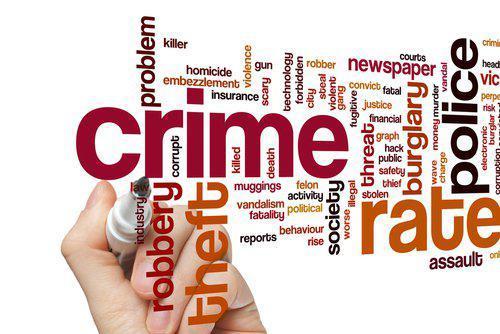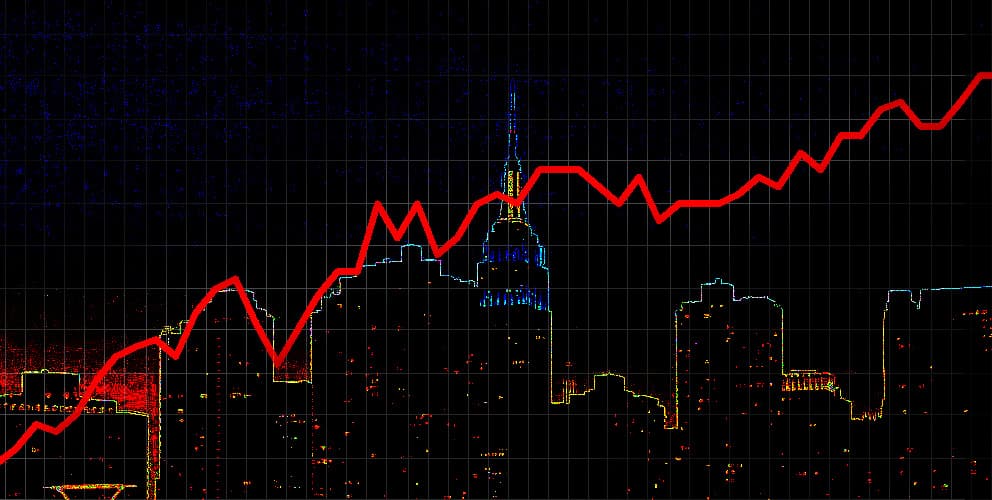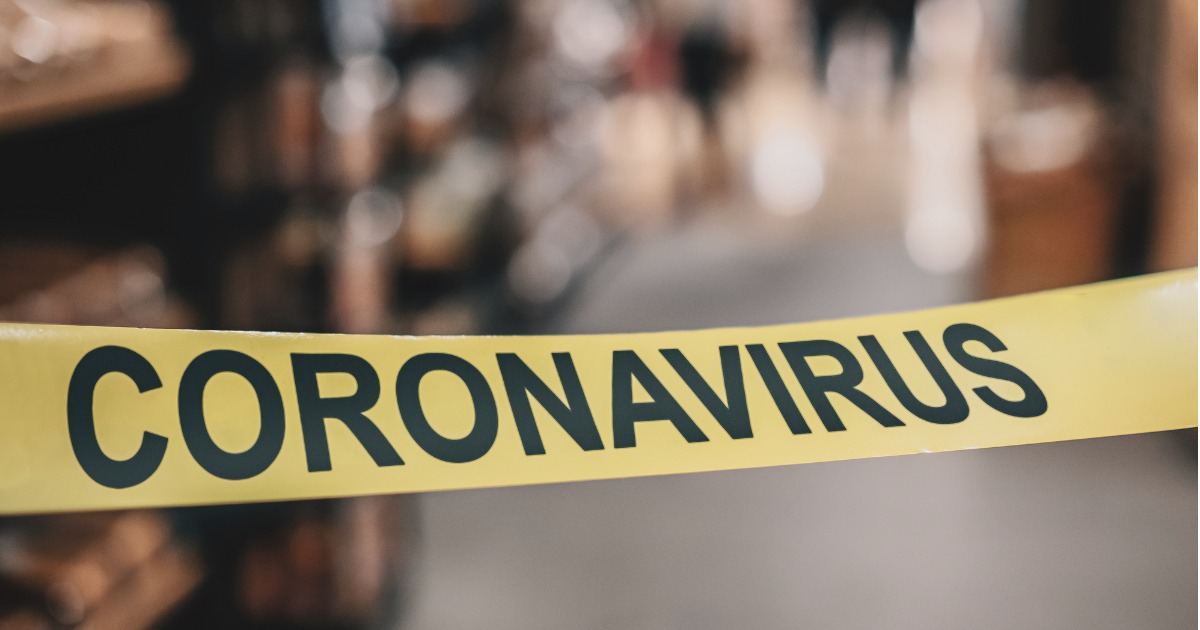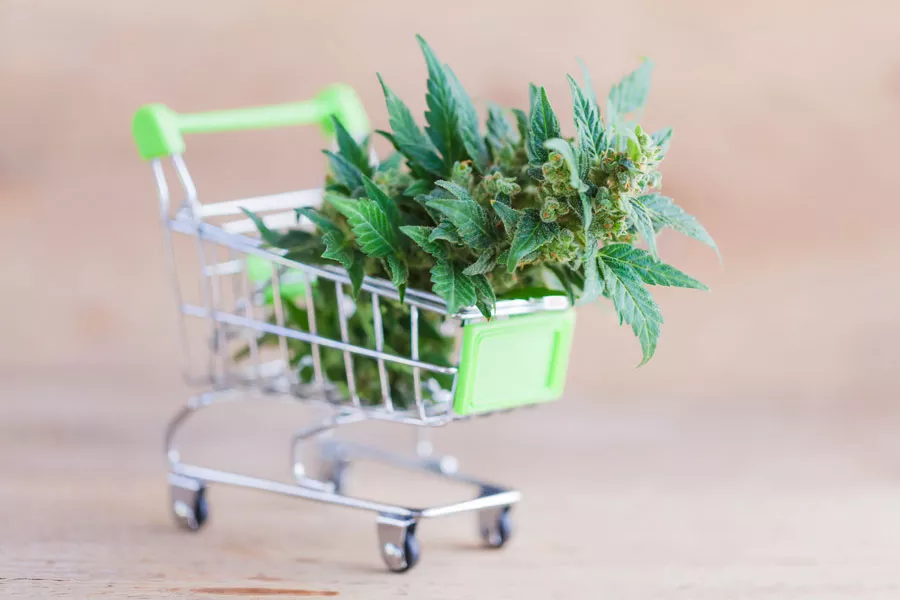
This year is becoming an increasingly deadly year for traffic-related deaths on Washington roads, according to the Washington Traffic Safety Commission (WTSC) and Washington State Patrol (WSP).
The worsening traffic safety crisis is leading to more deaths at this point in 2023 than the year before, the agencies reported on Aug. 30.
As of July, Washington saw 417 traffic-related fatalities, compared to 413 fatalities in July 2022. According to WTSC, 2022 marked the deadliest year on Washington roads since 1990.
“We have seen more multi-fatality crashes in 2023, which is making this a historically deadly year . . . We are announcing these very preliminary figures because we need everyone’s help right now. Driving sober, driving focused, respecting speed limits, and buckling up are the four best ways to save a life.” ~Shelly Baldwin, Director of WTSC
Officials note the “fatal four” common causes of traffic crashes and deaths as impairment, distraction, speeding and not wearing seat belts. Among the 750 people who died on Washington roads in 2022, approximately 75% of those deaths (565 deaths) involved one or more of the fatal four behaviors, according to WTSC.
While more lives have been lost so far in 2023, WTSC says there have been fewer deadly crashes in total – which means crashes are resulting in more losses of life per crash.
“Saving lives on our highways involves everyone’s participation – and that includes passengers. Driver decisions are an obvious factor in fatal collisions, but passengers have a duty to ensure their own safety by always choosing to buckle up. We need this disheartening trend to turn around, and we cannot do that without everyone’s participation.” ~WSP Chief John R. Batiste
The 90 Dangerous Days of Summer, a campaign educating the public, has found that summer months often are the deadliest stretch of time for drivers in Washington. Throughout Labor Day Weekend, state and local law enforcement officials will increase their presence on the roadways as a safety reminder.
“The power to save lives is in the hands of every driver on our roads,” Baldwin said. “Going into Labor Day and the final four months of 2023, we still have time to change this trend. Please get a sober ride if you have used drugs or alcohol. Higher speeds endanger the lives of everyone, so please respect the speed limit. If we practice these simple safety behaviors each day, we can save hundreds of lives so that they will be here to enjoy the holidays with their family and friends.”
WSP also urges bicyclists to always wear helmets and protective gear while all motorists should always keep a cautionary eye out for pedestrians, bicyclists and other roadway users.
Please contact my office if you, a friend or family member are charged with DUI, Reckless Driving or any other crime. Hiring an effective and competent defense attorney is the first and best step toward justice.














